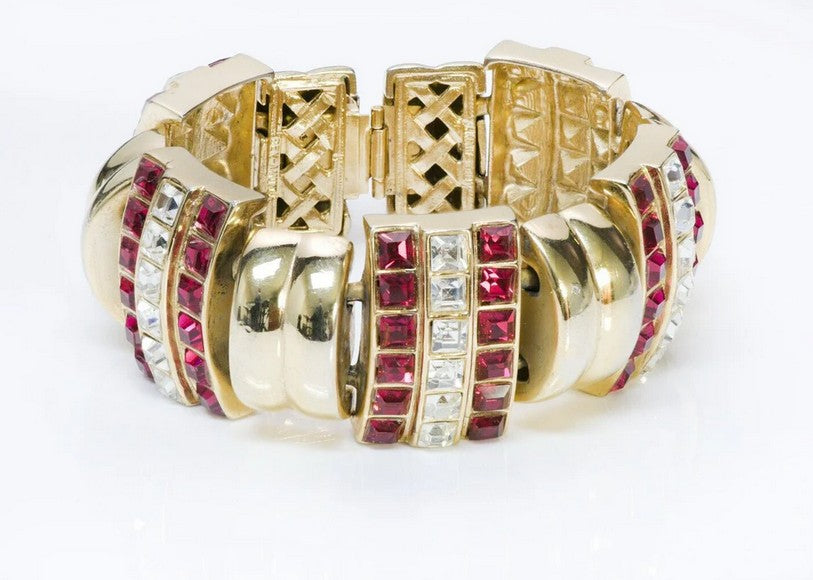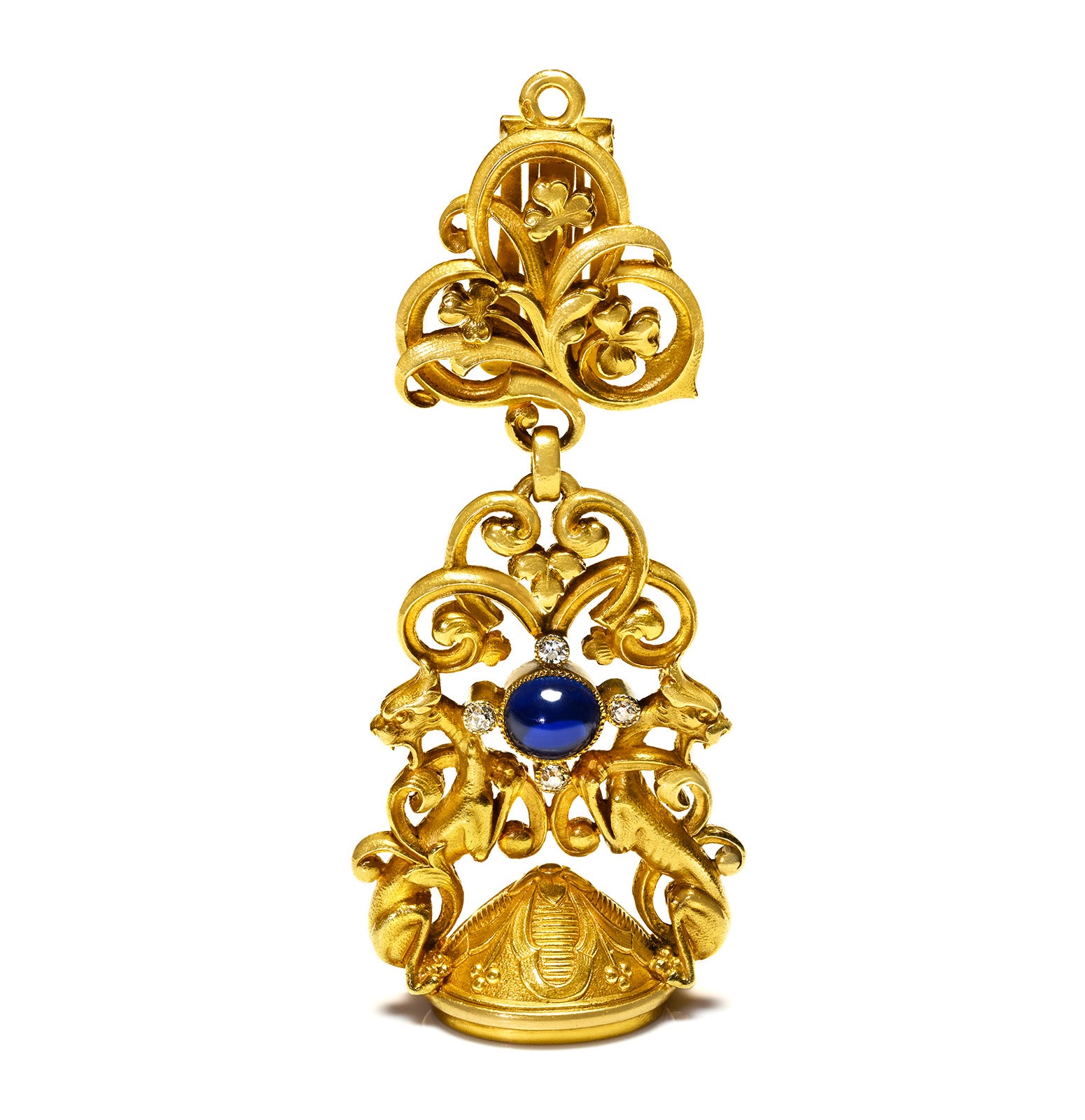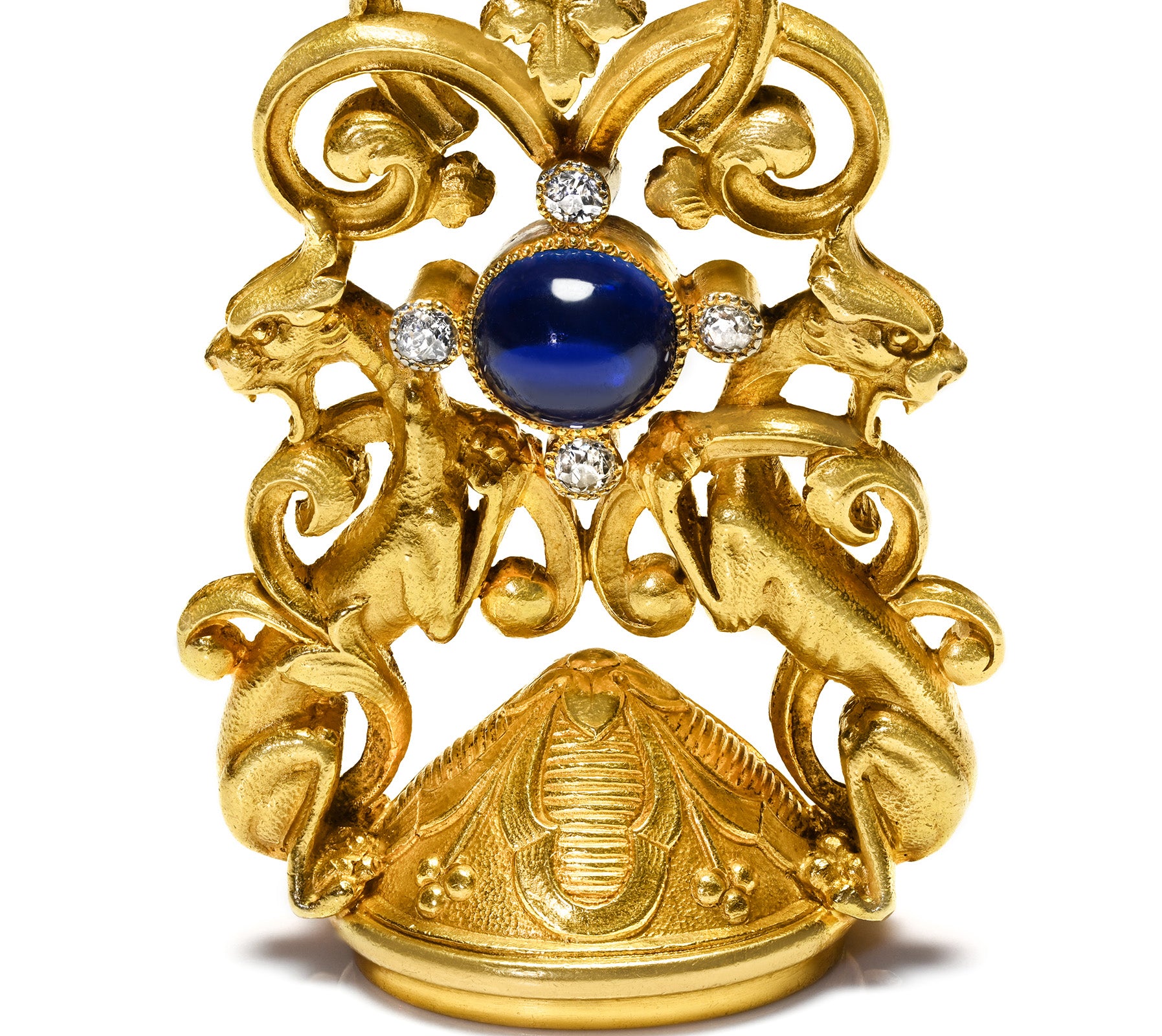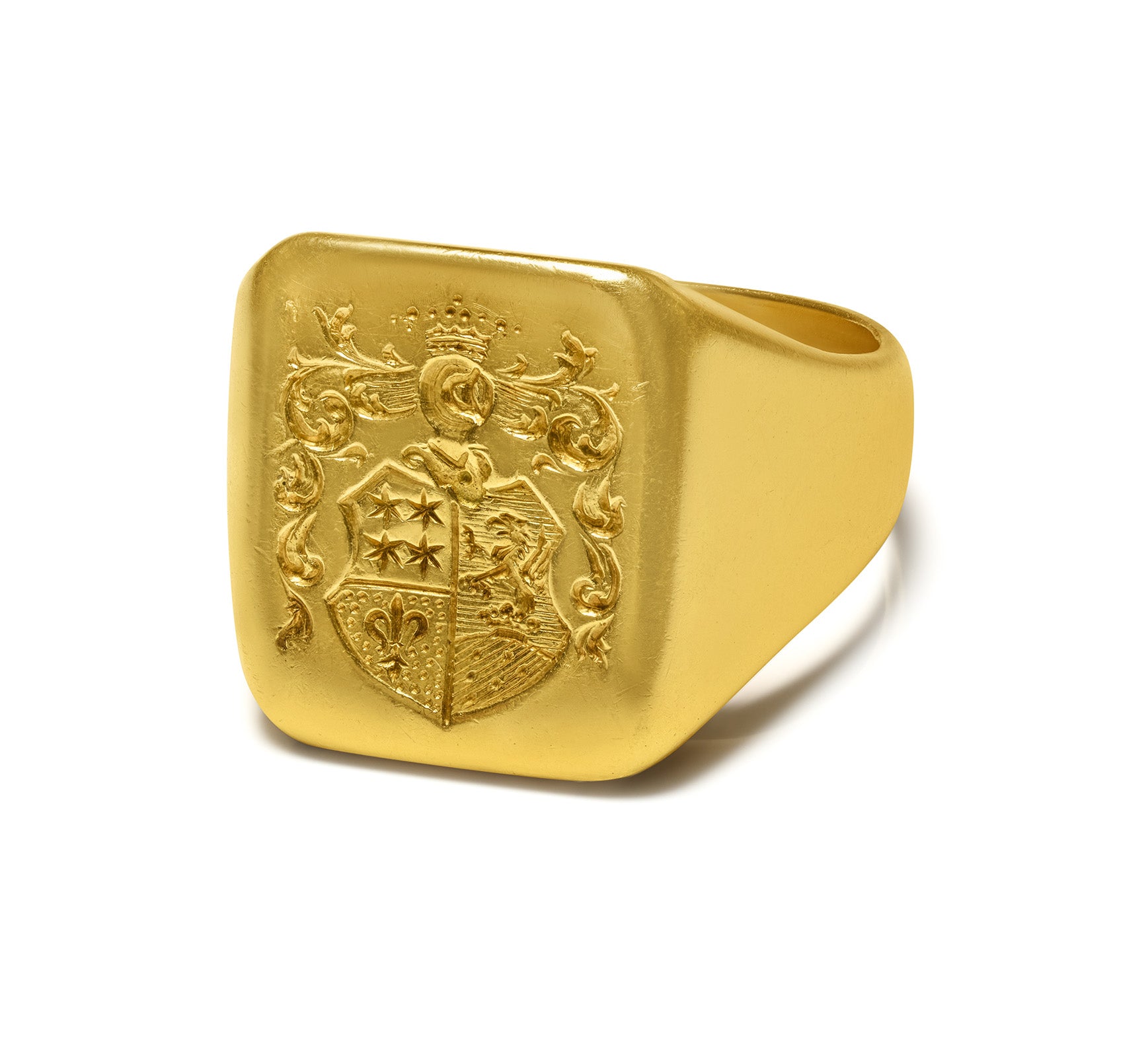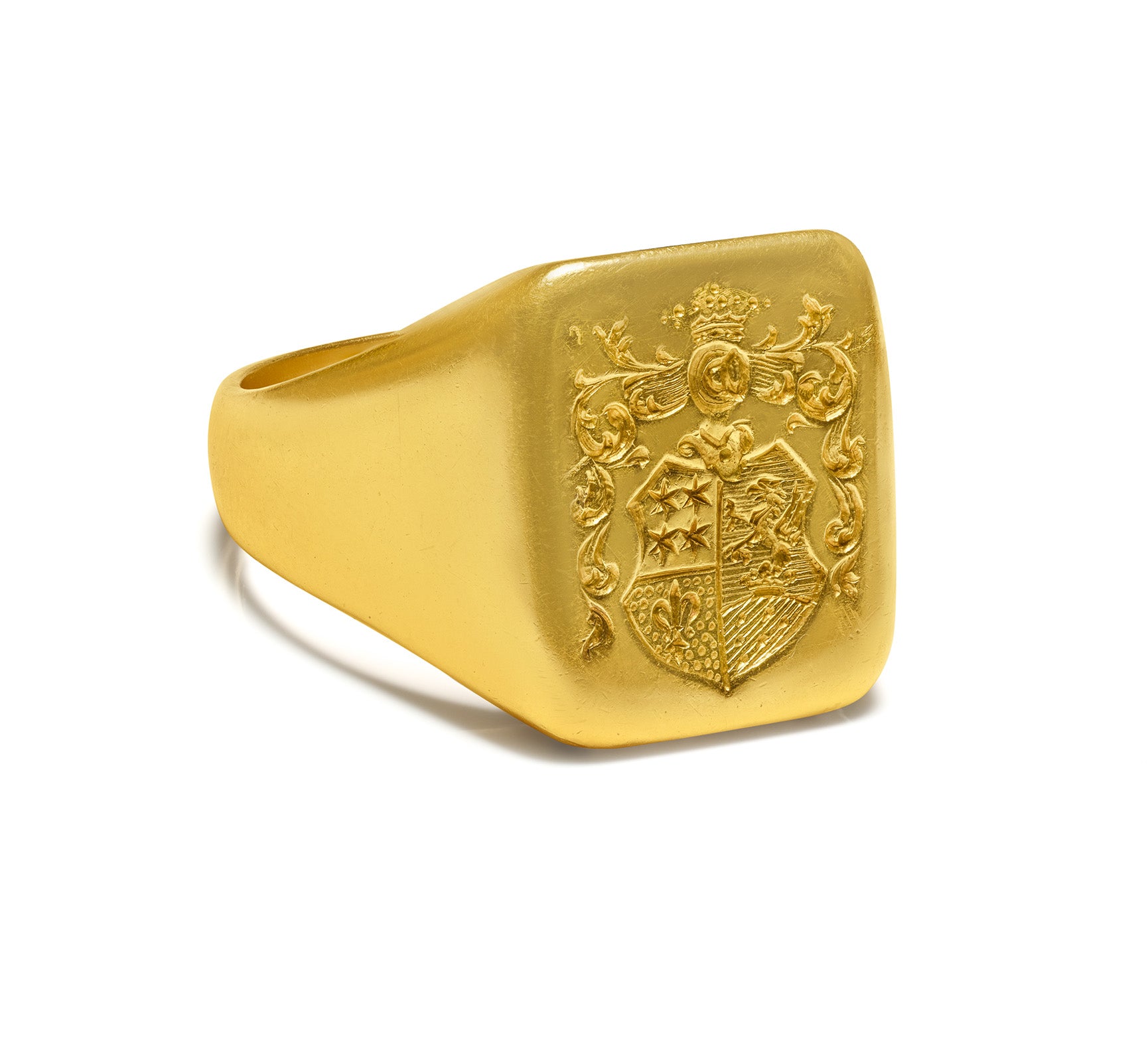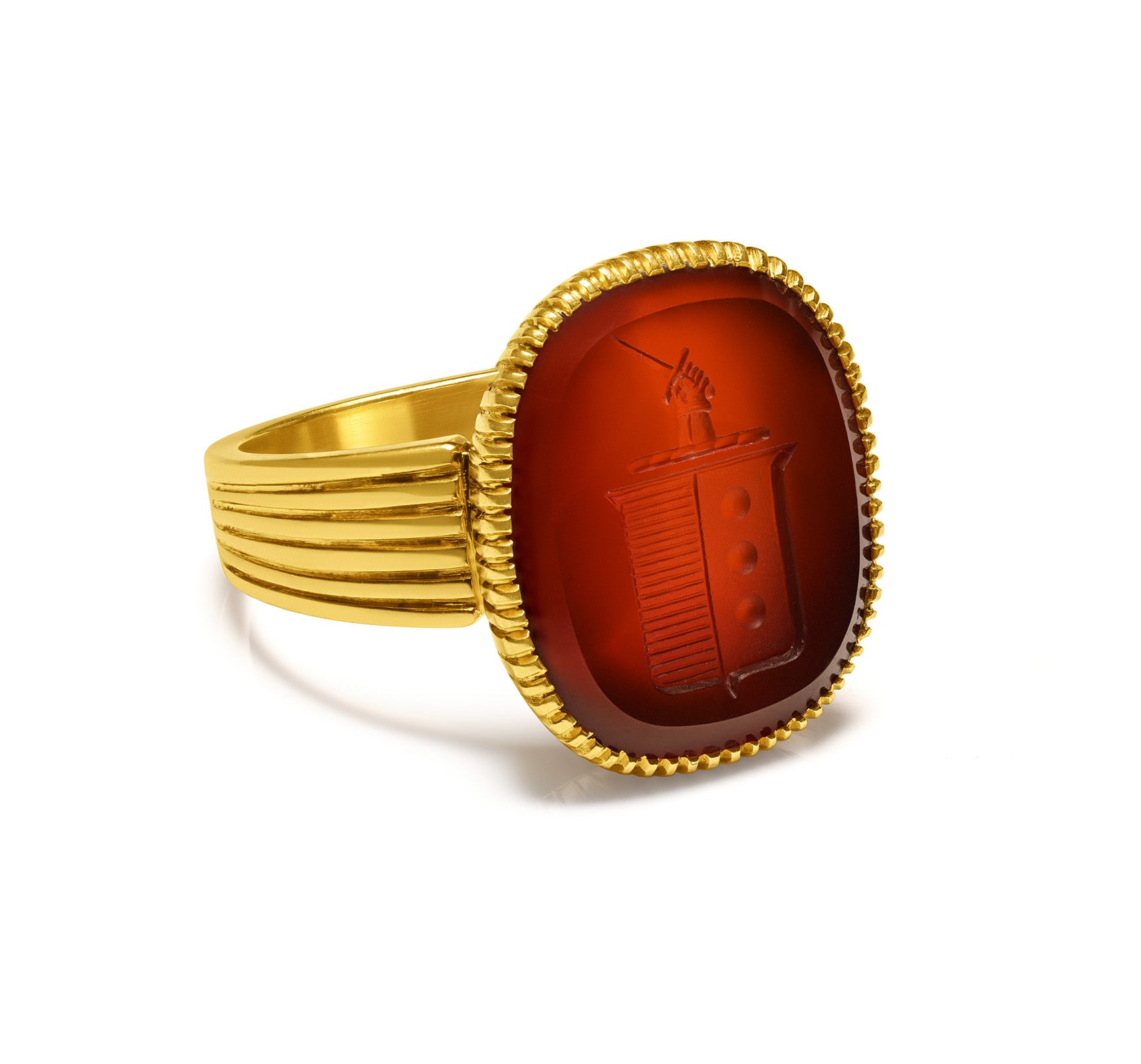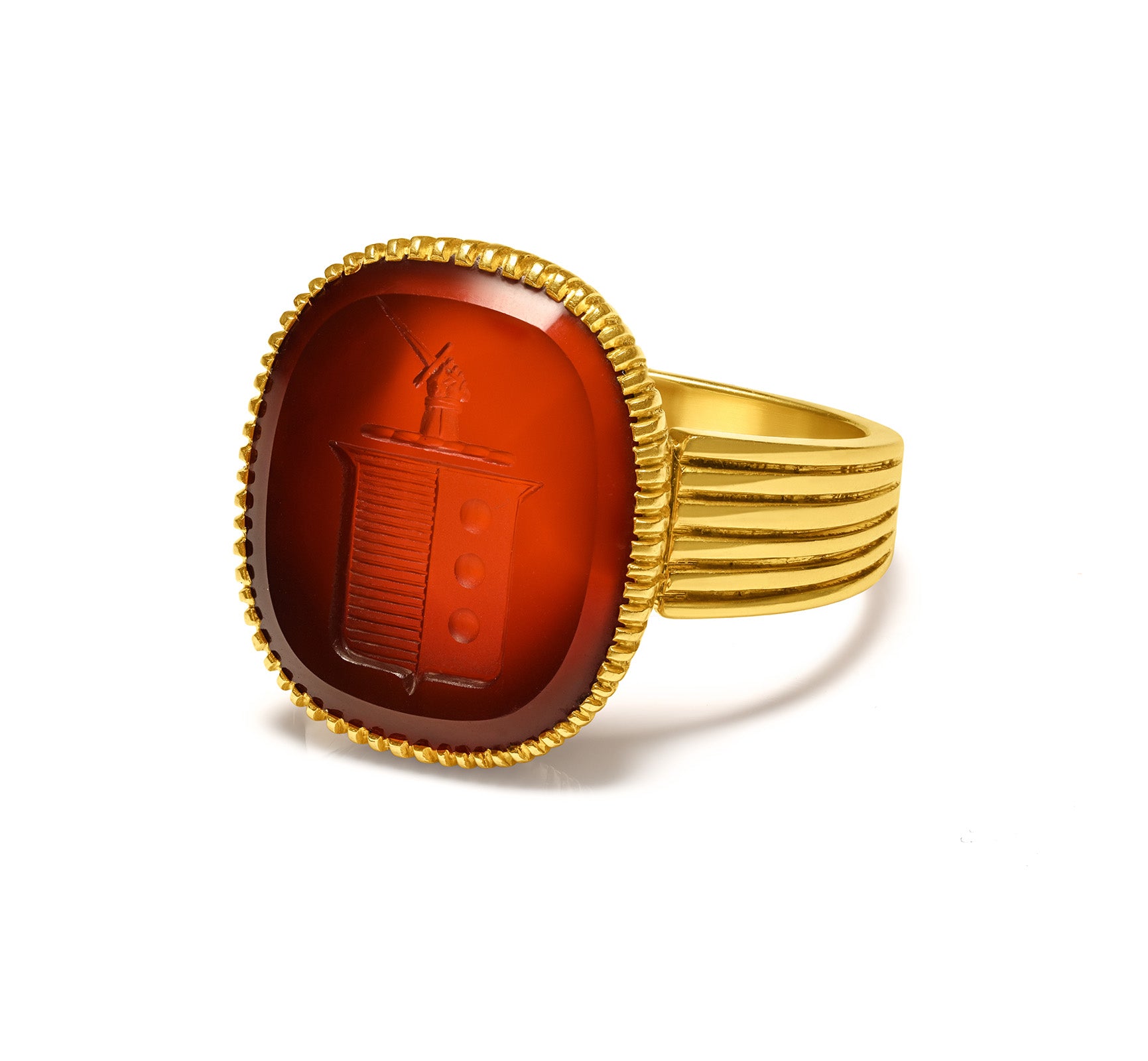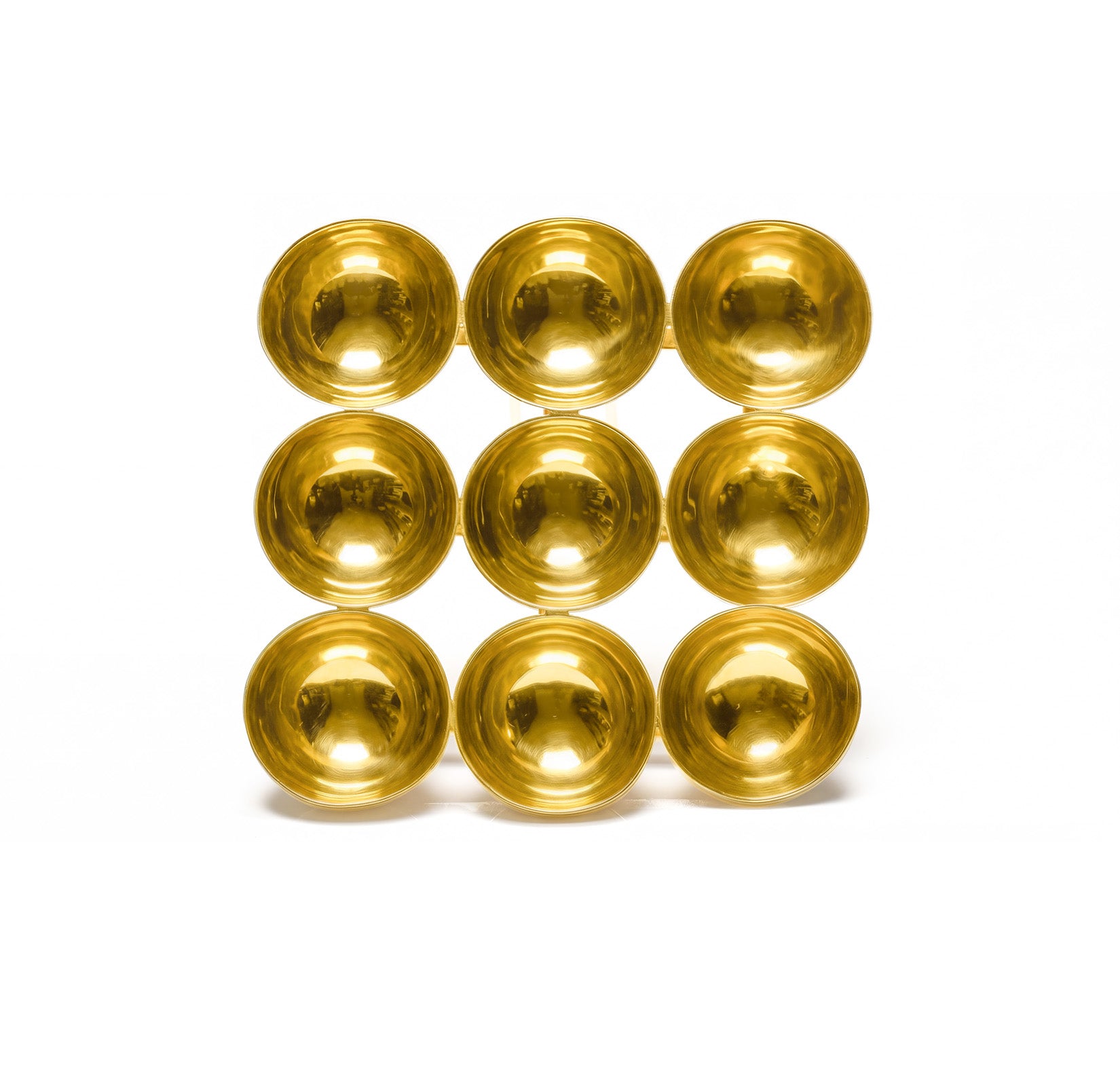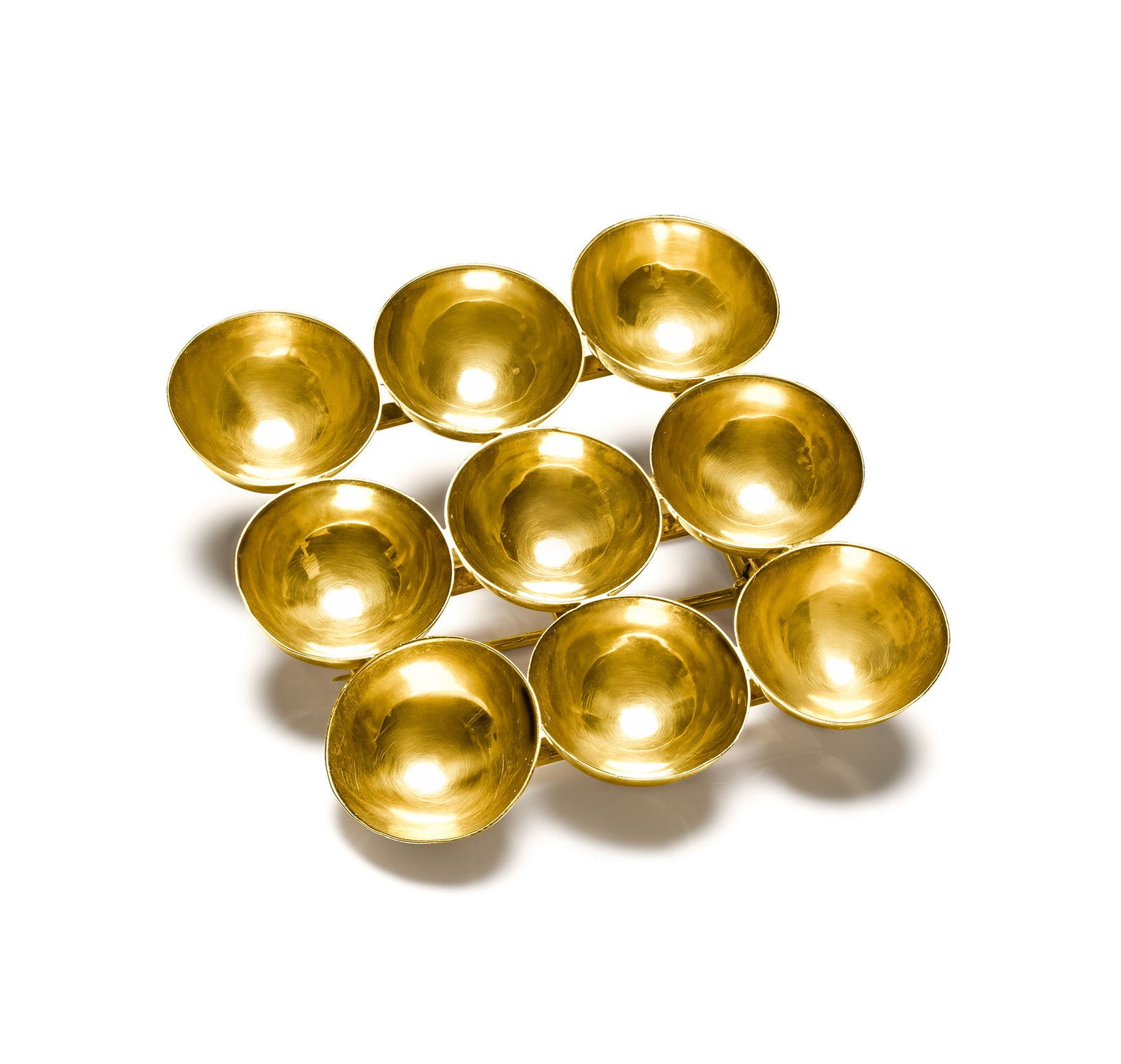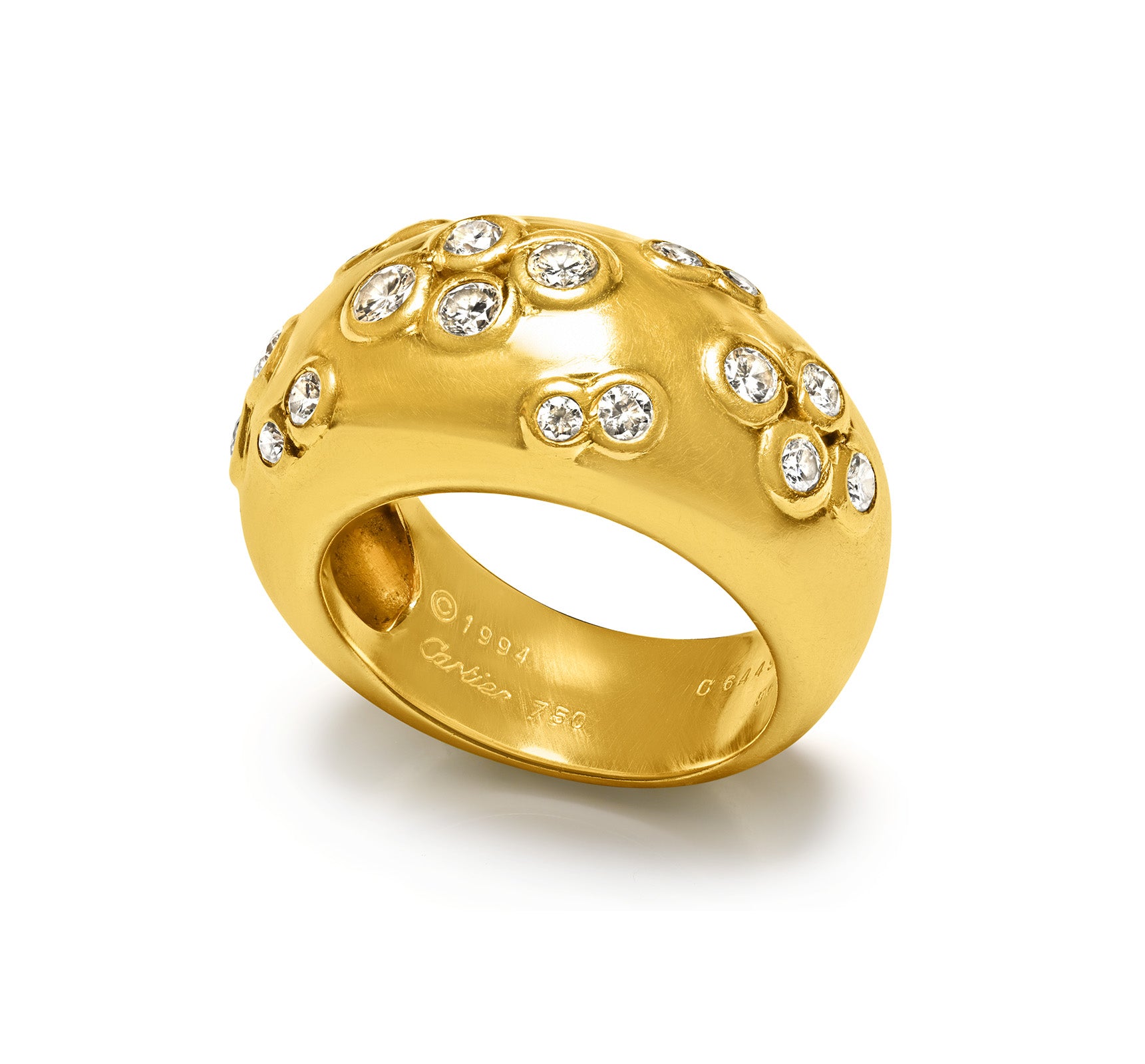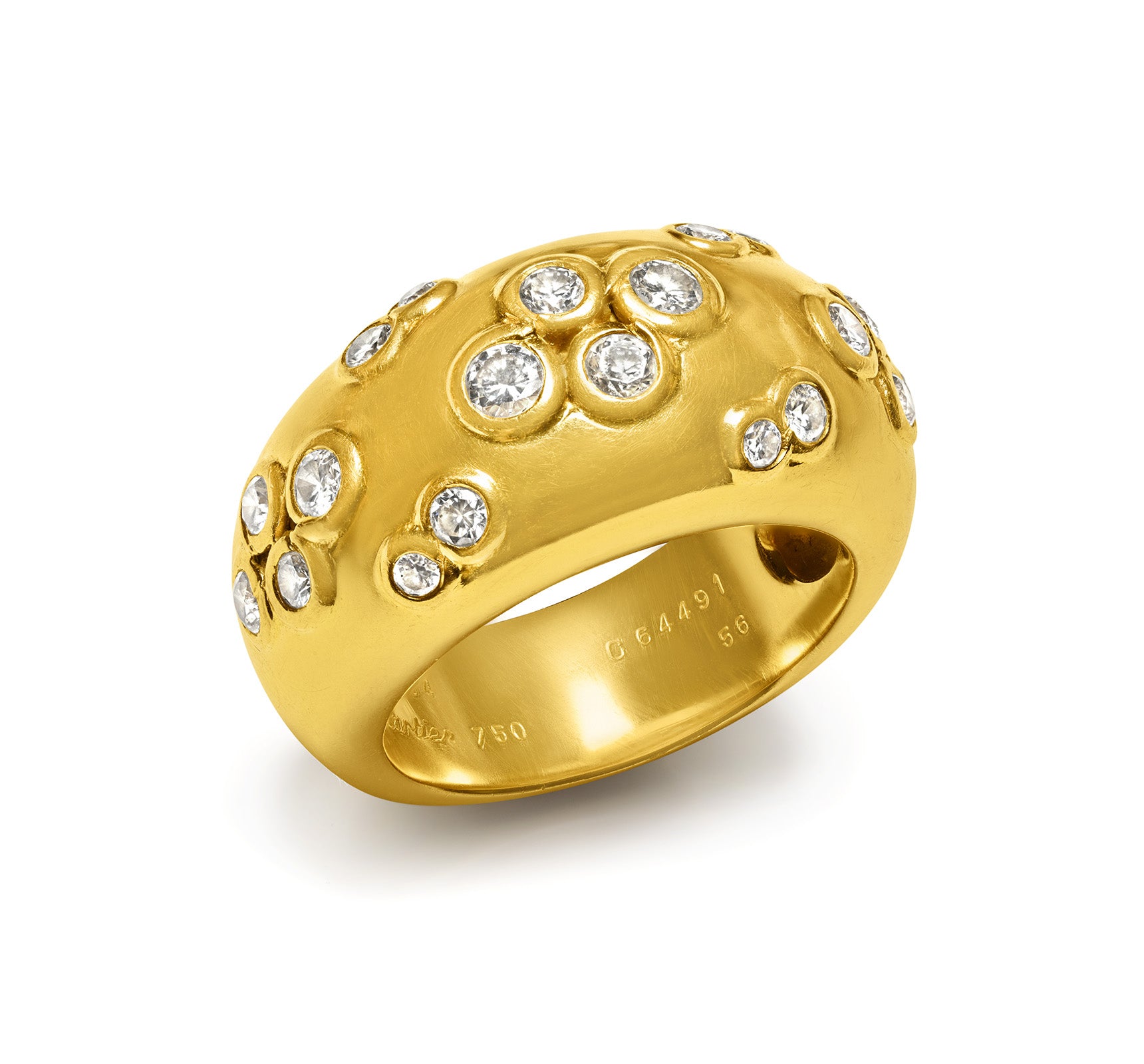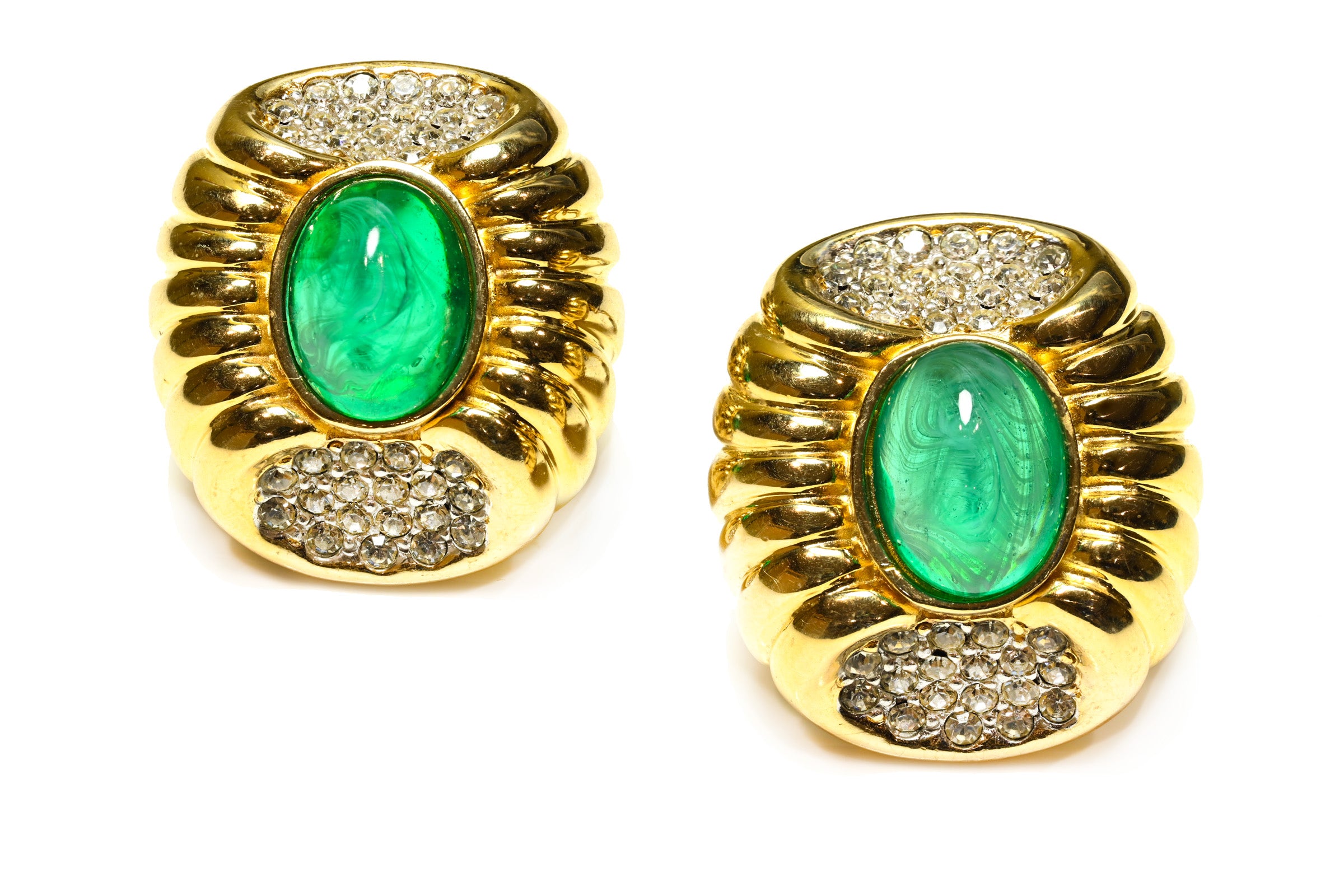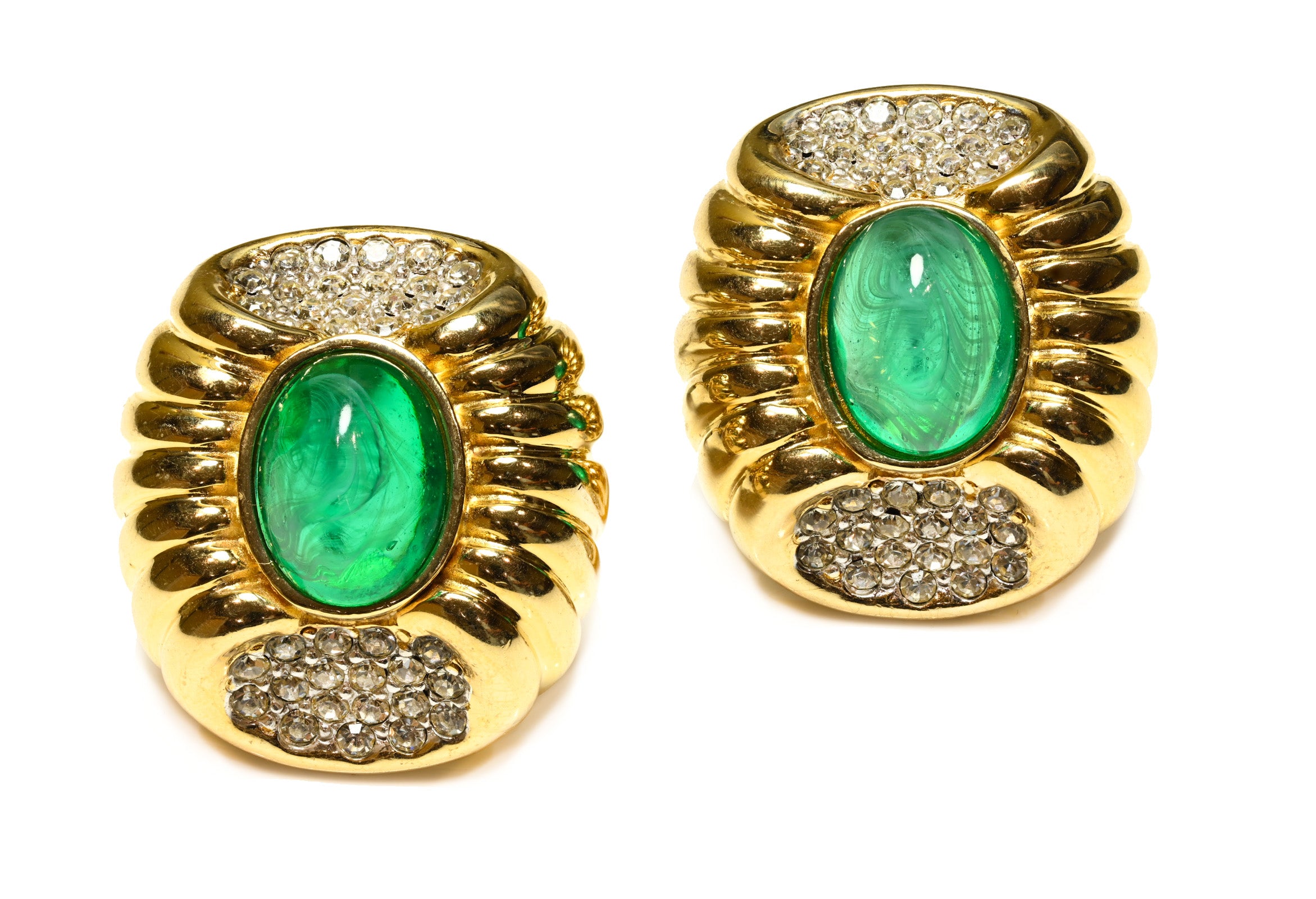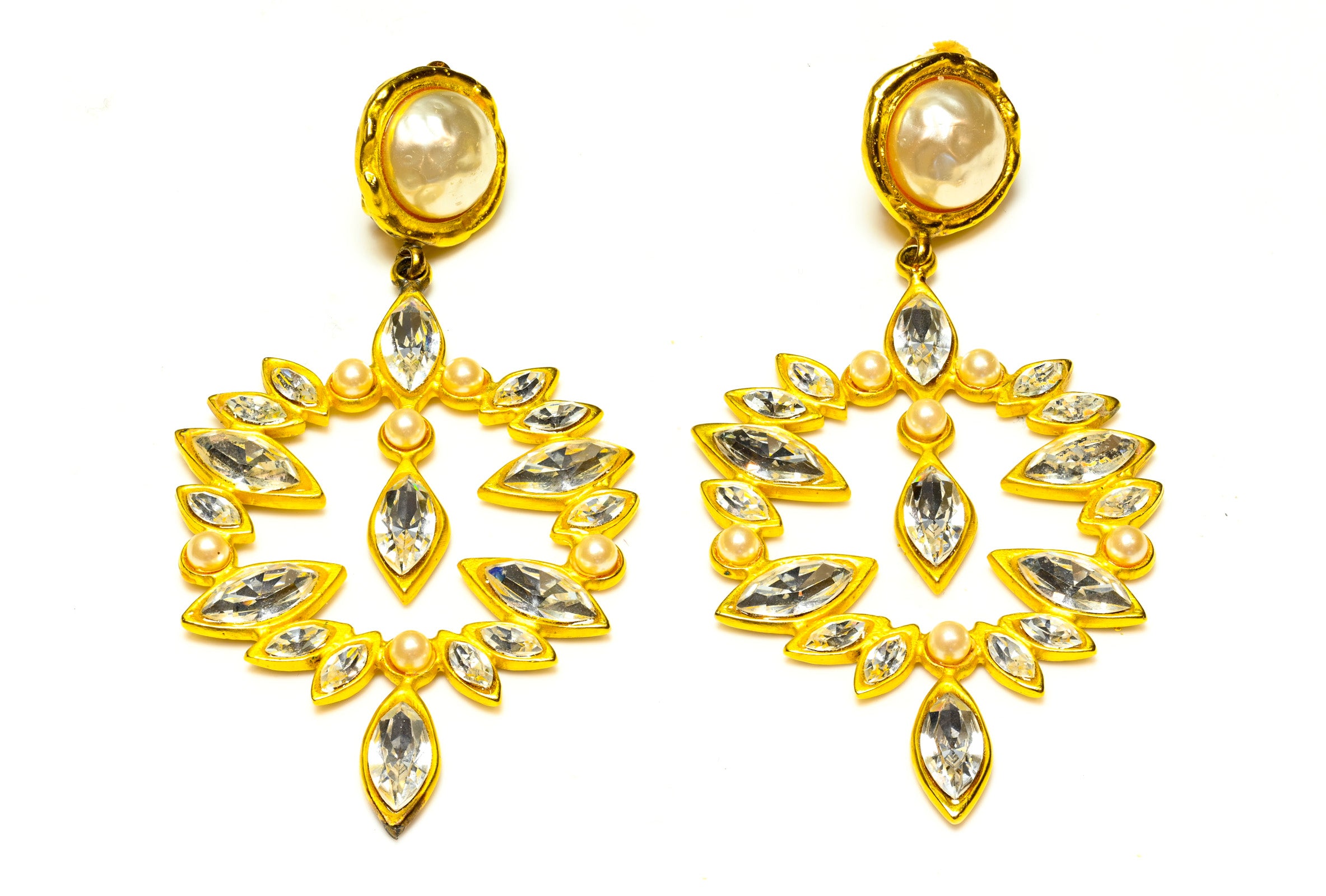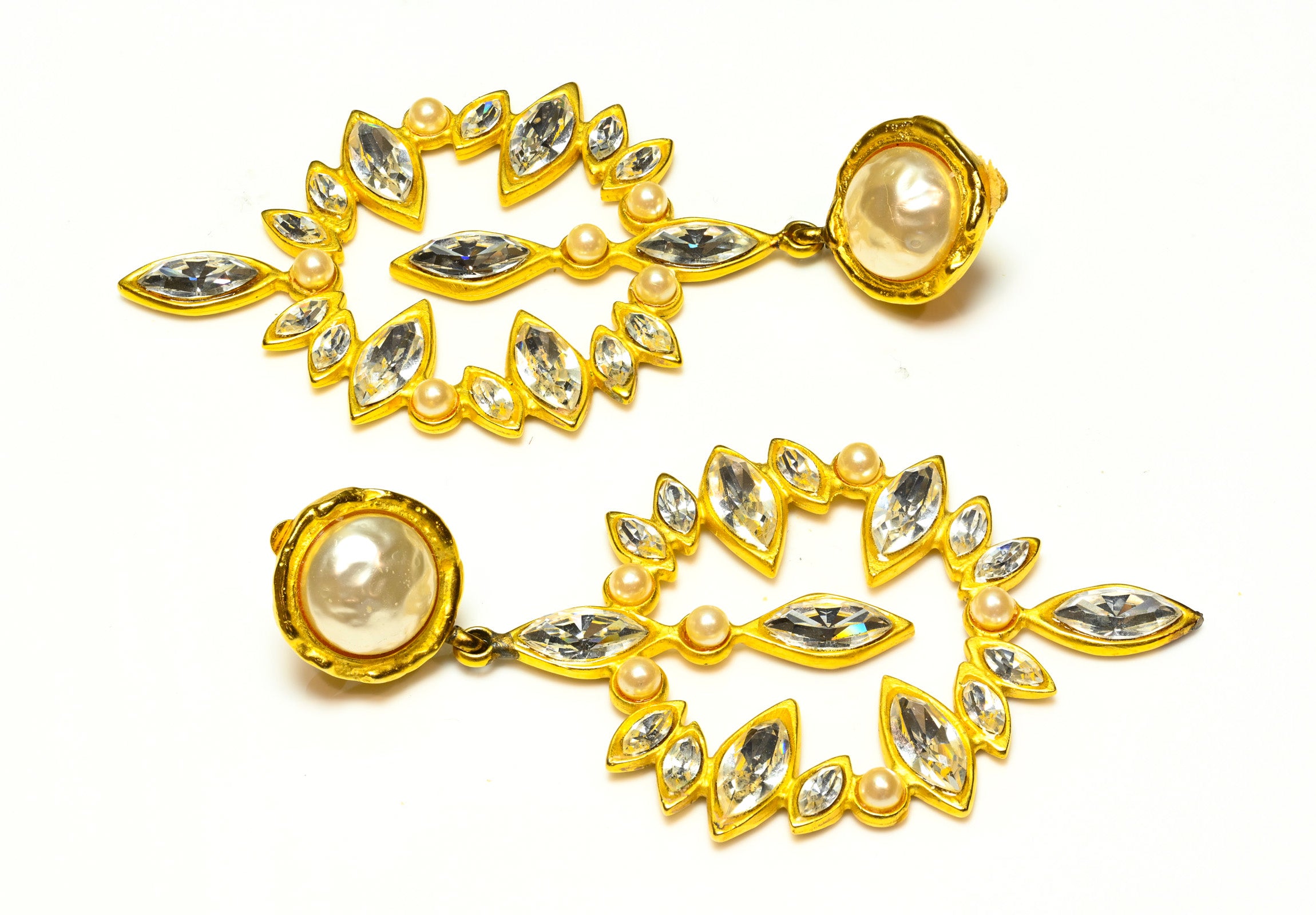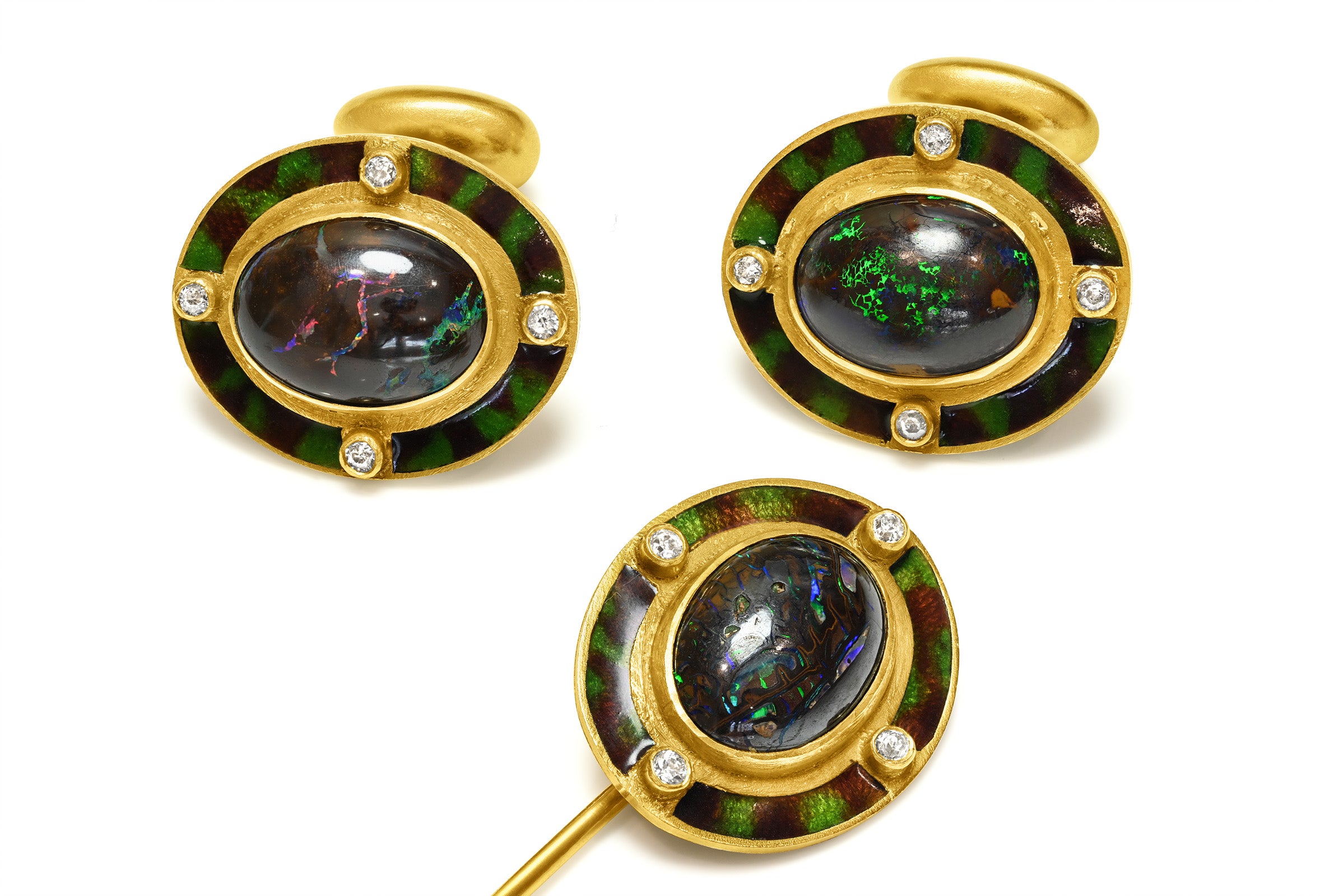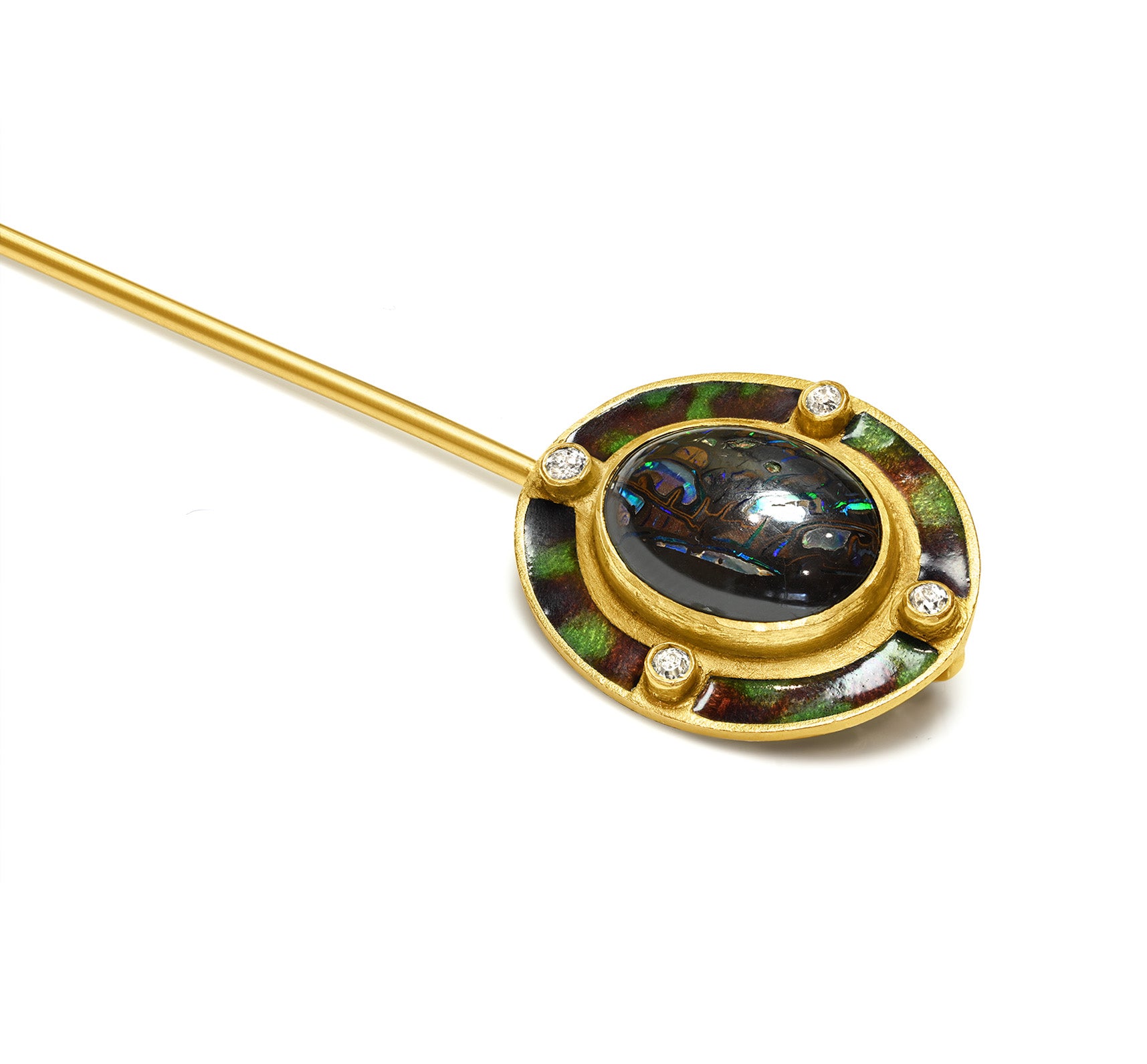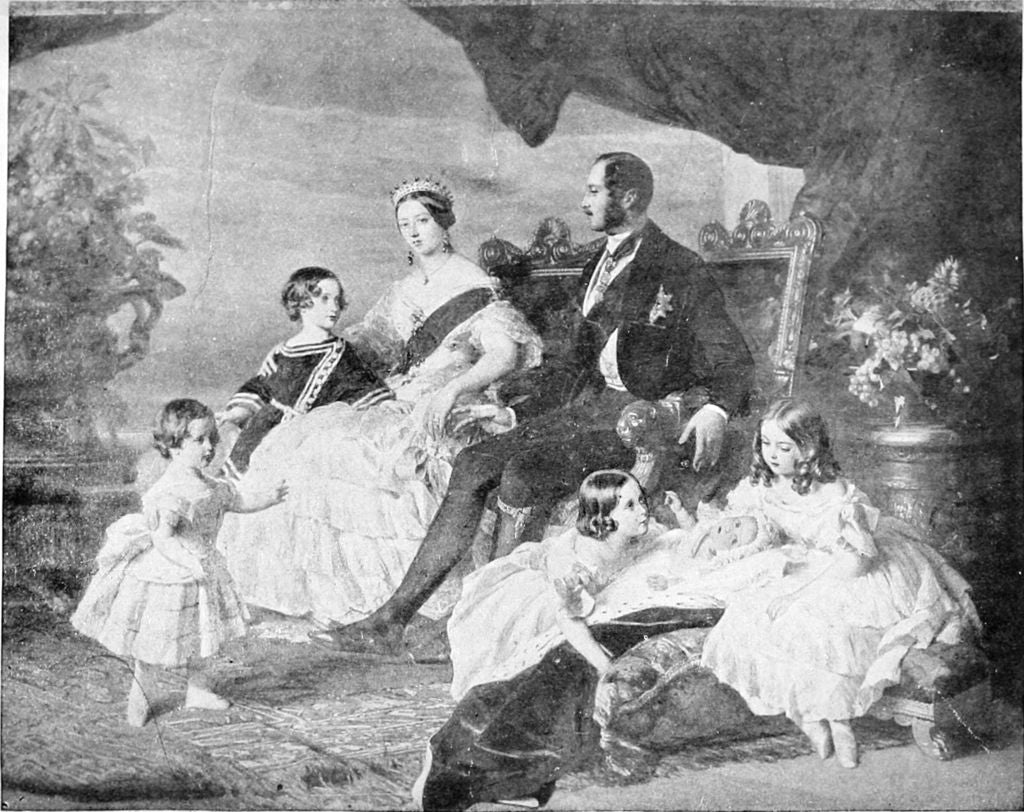
The Romantic Period: A Golden Age of Jewelry
The Romantic Period marked a golden age of jewelry, blending sentimental designs, nature-inspired motifs, and exquisite craftsmanship influenced by Queen Victoria.
Spanning from 1837 to 1861, the Romantic period was the first phase of the Victorian era, shaped by Queen Victoria’s personal style, deep affection for Prince Albert, and shifting social trends.
This period coincided with her marriage to Prince Albert, bringing forth jewelry designs that celebrated love, nature, and sentimentalism.
During this time, the world was undergoing rapid change, with industrial progress, shifting social dynamics, and growing artistic movements. Jewelry mirrored this transformation, as craftsmanship evolved with both handmade artistry and mechanized innovations.
The Romantic period became a bridge between traditional jewelry-making and the emerging accessibility brought on by the Industrial Revolution.

A Romantic period cameo (Credit: Vassil via Wikimedia Commons)
Distinctive Features of Romantic Period Jewelry
One of the most defining characteristics of Romantic period jewelry was its emphasis on sentimentality and nature-inspired motifs.
Bouquets of flowers, ivy leaves, branches, berries, and grapevines frequently adorned brooches, pendants, and bracelets, symbolizing eternal love, loyalty, and prosperity. Renaissance and medieval influences also played a role in shaping designs, bringing forth elaborate patterns, scrollwork, and gemstone embellishments.
Gold became the dominant metal, with intricate repoussé (metalworking technique) and filigree designs adding depth and detail to jewelry pieces. Lockets and mourning jewelry, often containing hair or miniature portraits of loved ones, became increasingly popular, reflecting the era’s emotional and sentimental attachment to jewelry.
Additionally, Queen Victoria’s love for colored gemstones—particularly turquoise, garnets, and amethysts—led to their rise in popularity. Her influence extended beyond the royal court, shaping jewelry trends across Europe and beyond.
The Impact of the Industrial Revolution
The Industrial Revolution played a pivotal role in democratizing jewelry. Prior to this era, finely crafted jewelry was a privilege of the aristocracy.
However, with advancements in metalwork and mass production techniques, elegant yet affordable jewelry became accessible to the rising middle class.
As a result, Victorian women of all social classes were able to wear jewelry on a daily basis, making it an essential element of fashion and self-expression.
Handmade Jewelry
During the early part of the Romantic period, all jewelry was meticulously handcrafted. Before 1854, only 22-karat and 18-karat gold were permitted for hallmarking with the crown, making high-karat gold, silver, and tri-color gold the primary metals used in jewelry making.
To enhance the competitiveness of English jewelry on the global market, lower-karat gold—9, 12, and 15 karats—was officially introduced in 1854. This development expanded the accessibility of fine jewelry to a broader audience.
The jewelry industry underwent significant technological advancements, with the introduction of hand-operated presses in 1852. These presses enabled faster production of settings and intricate designs, reducing costs and increasing accessibility. This mechanization revolutionized jewelry making, enabling intricate designs to be crafted at a faster pace.
The introduction of electroplating further transformed costume jewelry production, making it more cost-effective and widely available.
Additionally, the increased mobility of Victorians, who frequently traveled across Europe by train, contributed to jewelry becoming a favored gift item. Whether as souvenirs from distant lands or tokens of affection, jewelry played a significant role in Victorian social customs.

Silver Enamel Case From The Romantic Period - DSF Antique Jewelry
Jewelry Trends of the Romantic Period
Necklaces
Necklaces during the Romantic period reflected the era’s fascination with nature and sentimentality. Realistic gold snake necklaces with intricate scale detailing or turquoise pavé designs were popular, symbolizing eternal love and wisdom.
Delicate clusters of leaves, berries, and pavé diamond flowerheads adorned many designs, emphasizing the era’s botanical inspiration.
Intricate chains featuring interspersed gemstones and plaques often included a central motif, sometimes accented with a fringe of dangling stones. Cameos, coral beads, pearl strands, and rivieres—especially featuring amethyst—were particularly fashionable.
Long gold chains, sometimes accompanied by watches, as well as ribbon chokers with decorative pins and buckles, were also frequently worn.
Earrings
From 1837 to 1840, long, elaborate earrings were an essential part of evening wear. However, between 1840 and 1850, intricate hairstyles that covered the ears, along with the widespread use of large bonnets, temporarily diminished the popularity of earrings.
During this period, earrings were designed to be long enough to peek through curls or bonnets when worn.
Brooches
Brooches were an essential part of Romantic-period fashion, often serving as both functional and decorative pieces. Large brooches were designed with loops to allow them to double as pendants.
Oval and oblong brooches frequently featured diamond-encrusted tassels or intricate engraved patterns.
More affordable brooches, favored by the emerging Victorian middle class, were crafted in the shape of bows and flowing ribbons, often adorned with turquoise, pearls, and enamel detailing.

Gold Enamel Bow Brooch - DSF Antique Jewelry
Rings
Queen Victoria's engagement ring, designed as an emerald-studded serpent, set a major trend for snake rings. These became a powerful symbol of eternal love and were widely embraced by Victorian society.
Other popular ring styles included half-hoop bands adorned with gemstones, figural motif rings carved in high relief, strap and buckle designs, and black enamel mourning rings, which gained prominence later in the Victorian era.
Ferronières & Tiaras
Between 1830 and 1845, ferronières were a defining accessory for Victorian women who wished to evoke medieval elegance.
These simple yet striking headpieces consisted of a delicate chain or cord wrapped around the forehead, with a single gemstone resting at the center. They were worn both during the day and at night, with or without accompanying head coverings.
Tiaras, on the other hand, framed the face in a half-circle rather than resting atop the head. Before more structured and gothic-inspired designs emerged in the 1840s, tiaras primarily featured naturalistic motifs such as flowers, leaves, and berries.
By 1860, elaborate hair accessories became increasingly fashionable. Elegant Victorian women adorned their hairstyles with brooches, pearls, aigrettes, necklaces, and ornamental hairpins.
The Revival of Cameos
Cameos enjoyed a major resurgence in the Romantic period, largely due to Queen Victoria’s deep affection for them.
These carved pieces became grander and more detailed than ever before, featuring incredibly high-relief designs made from materials such as onyx, colored chalcedony, amethyst, and other exquisite gemstones.
Bracelets
Bracelets were one of the most sought-after jewelry items of the Romantic period. Women often wore them in pairs—on the bare wrist during the day and over gloves at night.
The middle class favored snake-motif bracelets with turquoise pavé scales, while wealthier individuals adorned their wrists with sprung bangles featuring diamonds and rich blue enamel.
Intricately designed woven metal mesh bracelets, pearl strands, and beadwork bracelets with ornate clasps were also popular, often featuring cameos or portrait miniatures.
Jarretière (garter) bracelets with elaborate buckle designs were especially fashionable, showcasing meticulous engraving and enamel work. Flexible and expandable bracelets gained popularity due to their adaptability, allowing them to fit various parts of the arm with ease.

Silver Mosaic Bangle Bracelet with Flower and Bird Motif - DSF Antique Jewelry
Materials Used in Romantic Period Jewelry
The jewelry of the Romantic era was deeply influenced by history, culture, and the technological advancements available to jewelers at the time.
While the designs reflected sentimentality and nature-inspired motifs, the choice of materials was shaped by availability, craftsmanship, and evolving laws regarding precious metals.
Gold and Silver
Standards During the early part of the Victorian era, the use of gold in jewelry was regulated by strict hallmarking laws.
Until 1854, only two gold standards—22-carat and 18-carat—were legally permitted for hallmarking. As a result, most jewelry crafted during this period featured high-carat gold, along with silver and various shades of colored gold.
In 1854, the law changed, allowing 9-carat, 12-carat, and 15-carat gold to be legally used in jewelry making. This shift made gold jewelry more accessible to the growing middle class, expanding its appeal beyond the aristocracy.
Metalwork Techniques
Many early Victorian jewelry pieces showcased elaborate metalworking techniques that had been popular during the Georgian era.
Cannetille—a style featuring intricate wirework that resembled filigree—remained in fashion, as did repoussé, a method of hammering metal from the reverse side to create raised designs. These techniques added depth, texture, and delicacy to jewelry.
The Influence of Grand Tours and Souvenir Jewelry
Jewelry featuring materials sourced from these regions became highly desirable souvenirs.
-
Coral from Naples was particularly popular and was used in everything from delicate teardrop pendants to elaborate carved figures, floral motifs, and grotesques. Coral was also believed to offer protection from the evil eye, making it a meaningful gift for children.
-
Volcanic lava sourced from Mount Vesuvius was sculpted into intricate cameos and figures, valued for their unique texture and historical appeal.
- Shell cameos, carved from the seashells of the Mediterranean, flourished during this period, with intricate designs featuring mythological and romantic themes.
Coral jewelry remained in high demand until around 1865. It was often left in its natural branching form or strung into multi-strand necklaces, with the most sought-after shades being deep red and pale pink. Entire parures (matching jewelry sets) of coral were a signature of the period.
Popular Gemstones
The Romantic period saw an appreciation for vibrant, meaningful gemstones, with each stone often carrying symbolic significance.
Among the most cherished gems were:
- Topaz
- Malachite
- Quartz
- Chrysoberyl
- Amber
- Amethyst
- Turquoise
- Rich red garnet
- Demantoid garnet (a rare green variety)
- Chalcedony
- Diamond (reserved for the wealthiest clientele)
Seed pearls were another hallmark of the era, often used in floral motifs or to frame larger gemstones. These intricate designs sometimes featured landscapes or the Prince of Wales' feathers, enhancing their sentimental value.
Mother-of-pearl frames were used to highlight delicate seed pearl scrolls, leaves, and flowers, creating breathtaking compositions.

Antique Swiss Enamel Gold Earrings - DSF Antique Jewelry
The Art of Seed Pearl Jewelry
Seed pearl jewelry was an exquisite expression of the Romantic period's delicate aesthetic. These tiny pearls, sourced from China, were meticulously stitched together using white horsehair—harvested from a live horse—to form detailed lace-like patterns.
Bridal jewelry frequently featured entire parures of seed pearl designs, with sets including necklaces, earrings, brooches, and bracelets, each crafted with extraordinary precision.
Jet and Mourning Jewelry
As the Romantic period progressed, Whitby jet emerged as an essential material, particularly for mourning jewelry.
This fossilized, deep-black material, sourced from the Yorkshire coast, was stronger and more elastic than other jet varieties, allowing for intricate carving and a lasting high polish.
Mourning jewelry crafted from Whitby jet was in high demand, especially among widows and grieving families. However, imitations like French Jet (a type of black glass) flooded the market, often tricking unsuspecting buyers into purchasing lower-quality alternatives.
Techniques in Romantic Period Jewelry
he craftsmanship of Romantic-era jewelry was defined not only by its widely used materials but also by the evolving techniques employed by jewelers.
While all jewelry in the early Victorian period was entirely handmade, the mid-19th century saw the introduction of innovative methods that significantly influenced production.
One of the most groundbreaking advancements was electroplating, which allowed a thin layer of precious metal, such as gold or silver, to be deposited onto a base metal. This technique reduced costs and made jewelry more affordable for the growing middle class.
By 1852, the invention of hand-operated presses further accelerated production, enabling jewelers to mass-produce intricate designs that previously required labor-intensive handcrafting.
These technological developments democratized jewelry ownership, making it more accessible than ever before. As a result, more jewelry was produced during the 19th century than in any other historical period.
Motifs & Themes
The Romantic era was heavily inspired by nature and symbolism, with jewelers drawing on both floral elements and sentimental themes.
Popular motifs included:
-
Flowers and Leaves – Representing love, purity, and renewal
-
Hearts, Bows, and Hands – Symbolizing affection, unity, and devotion
- Serpents – A highly fashionable motif representing wisdom and eternity
Prince Albert’s engagement ring for Queen Victoria, which featured a serpent motif, catapulted the design into widespread popularity. The lotus flower, often linked to Eastern influences, was another cherished motif, symbolizing purity and enlightenment.
Another dominant theme of the Romantic era was sentimentality, which led to the rise of mourning jewelry.
These pieces were crafted to honor deceased loved ones, often featuring woven hair, enameled portraits, or memorial inscriptions. Women were even encouraged to learn the art of hair weaving, incorporating locks of hair into brooches, rings, and lockets.
Cameos and Royal Influence
Cameo jewelry also enjoyed a renaissance during this period, largely due to Queen Victoria’s personal love for it.
These pieces were intricately carved in high relief from materials such as shell, onyx, colored chalcedony, and amethyst, showcasing mythological figures, floral motifs, and classical portraits.
The Queen’s tastes extended beyond cameos—her Scottish influences also shaped jewelry trends. After purchasing Balmoral Castle in 1852, she popularized Scottish-inspired jewelry, featuring elements like:
-
Thistles – The national flower of Scotland, symbolizing resilience
-
Scrolls and Chevrons – Decorative motifs found in Scottish design
- Intricate Engravings – Adding a Celtic touch to metalwork
The End of the Romantic Era
The Romantic Period concluded in 1861 following the death of Prince Albert. Queen Victoria’s prolonged mourning period (1861–1880) ushered in an era dominated by somber, black mourning jewelry, characteristic of the Victorian Grand Period.
Today, antique jewelry collectors highly value Romantic period pieces for their historical significance, intricate craftsmanship, and symbolism.
Whether displayed in collections or worn as heirlooms, these jewels continue to captivate with their timeless beauty and artistry.
Photo Cover: Queen Victoria, Prince Albert and the Royal Family (Credit: F. Winterhalter via Wikimedia Commons)


